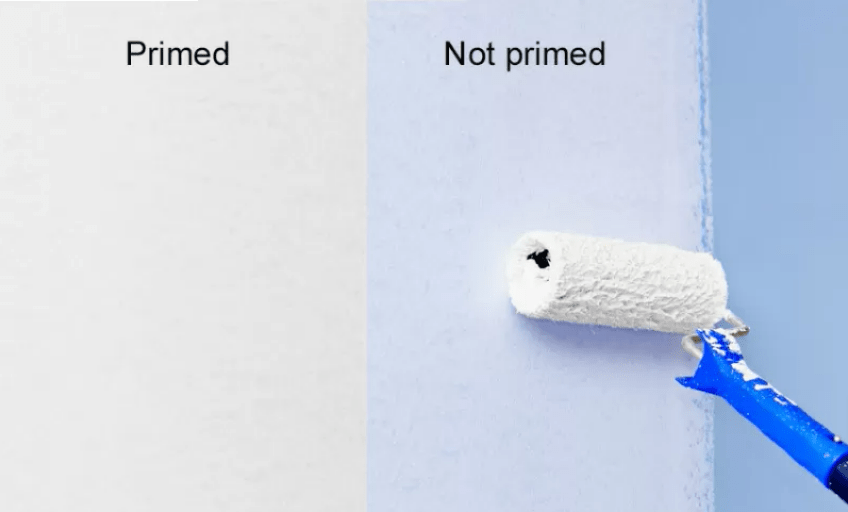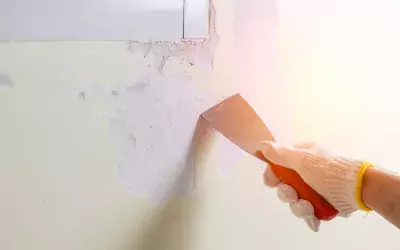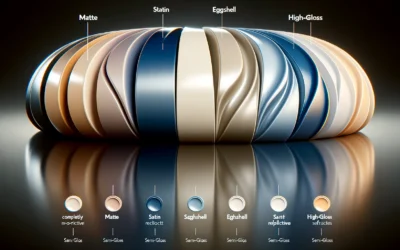When planning a house painting project, one question often surfaces: Do you have to prime before painting? The answer, while seemingly straightforward, involves understanding the surface you’re working with and the results you aim to achieve. Imagine investing in vibrant paint for your living room, only to find the finish lackluster or the old colors bleeding through. This is where priming plays a pivotal role, ensuring your paint adheres properly and shines true to its color.
Our journey through the layers of paint and primer reveals not just the technical necessities but also the transformative power of proper preparation. Whether you’re refreshing a small room or undertaking a comprehensive home makeover, understanding the function of primer will elevate your painting project from good to great.
Quick Summary
Priming before painting is essential for certain surfaces and situations to ensure optimal paint adhesion, color accuracy, and overall durability of the finish.
Why Priming Is Important
Priming serves as a preparatory coat for your painting surface. It ensures that the paint adheres securely and lasts longer. Without primer, paint may peel, crack, or show stains through over time. Primers are specially formulated to provide a smooth and uniform surface, which enhances the paint’s true color and finish.
Moreover, primer is crucial for surfaces that are porous, stained, or have varying textures. It acts as a sealant, preventing moisture from seeping through and stains from surfacing. For those living in Florida, choosing the right Florida house painters who understand the local climate and how it affects surfaces can make all the difference in your project’s longevity.
When You Must Prime
- New drywall, which is highly absorbent and can soak up paint unevenly.
- Stained surfaces, where primer helps block and prevent stains from bleeding through.
- High-gloss finishes, which require a primer to roughen the surface for better paint adhesion.
- Dark to light color changes, ensuring the true color of the topcoat shines through without multiple coats.
- Exterior surfaces exposed to the elements, providing an extra layer of protection against weathering.
Understanding the condition of your walls, including issues like stress cracks or previous water damage, is pivotal. Resources on fixing stress cracks in drywall or how paint can interact with mold can be invaluable in these cases.
Choosing the Right Primer
Not all primers are created equal, and selecting the right one depends on your surface and paint type. Water-based primers are great for most indoor walls, while oil-based primers are suited for surfaces that will be exposed to moisture or have tough stains. There are also specialty primers for materials like metal or tiles.
For a successful painting project, it’s also essential to clean your walls before painting. This step ensures the primer and paint adhere well and look their best.
Application Techniques
Applying primer correctly is just as important as choosing the right type. Use a brush or roller designed for the type of primer you’re using, and apply evenly across the surface. Allow sufficient drying time before applying your topcoat to ensure the best finish.
Consider consulting with professionals like drywall experts for advice on priming and painting over repaired or new drywall to ensure a flawless finish.
Mistakes to Avoid
Skipping primer on surfaces that need it can lead to poor paint adhesion, uneven color, and a need for frequent touch-ups. Another common mistake is not allowing the primer to dry completely, which can affect the paint’s appearance and durability.
Lastly, using the wrong type of primer for your specific project can result in a less than satisfactory finish, highlighting the importance of understanding the material you’re working with.
Conclusion
In conclusion, while priming before painting might seem like an additional step, its benefits in terms of durability, adhesion, and aesthetics cannot be overstated. Whether you’re tackling a DIY project or planning a professional renovation, taking the time to prime properly can transform the outcome of your painting efforts. For those seeking expert assistance, consider reaching out to painter services in Jacksonville, Daytona Beach, Wellington, Gainesville or anywhere across Florida for professional advice tailored to your specific needs.







